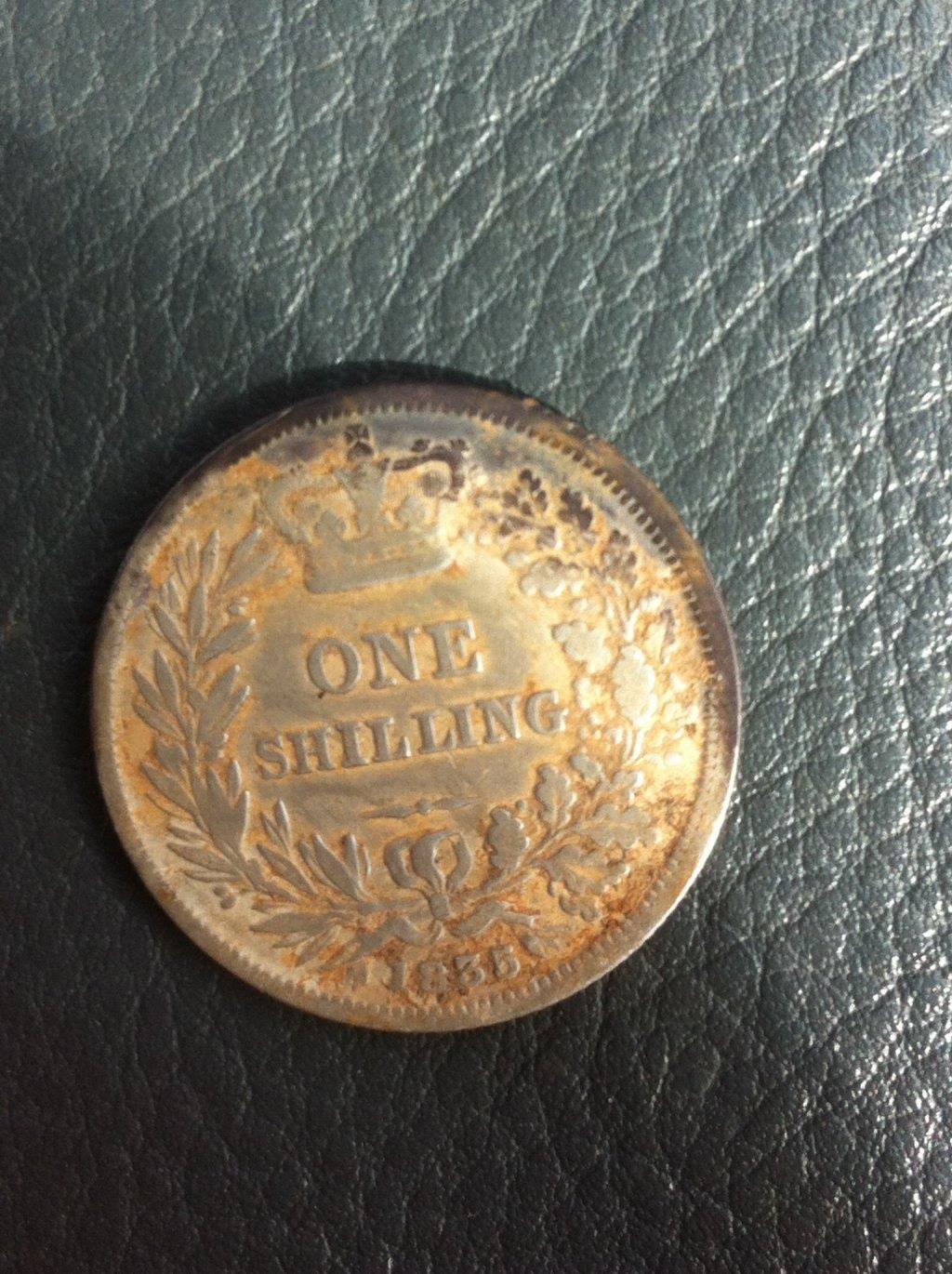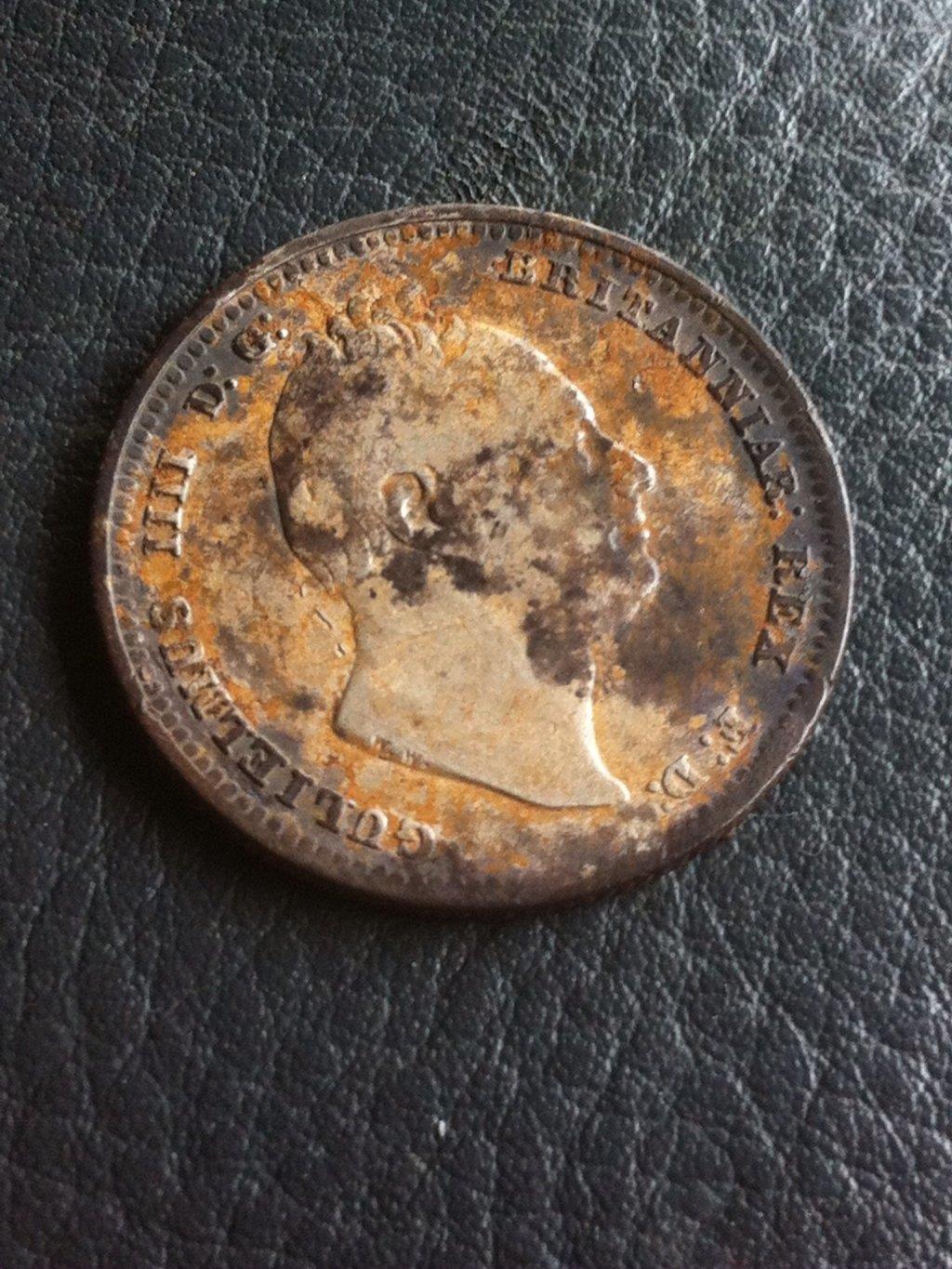- Joined
- Apr 16, 2015
- Messages
- 28
- Reaction score
- 95
I would love someone to help me get a rough
 valuation on my 1835 shilling I found last week near Dunolly
valuation on my 1835 shilling I found last week near Dunolly



Geelongirl said:I would love someone to help me get a rough https://www.prospectingaustralia.com/forum/img/member-images/4969/1429184921_image.jpgvaluation on my 1835 shilling I found last week near Dunolly

Enter your email address to join: